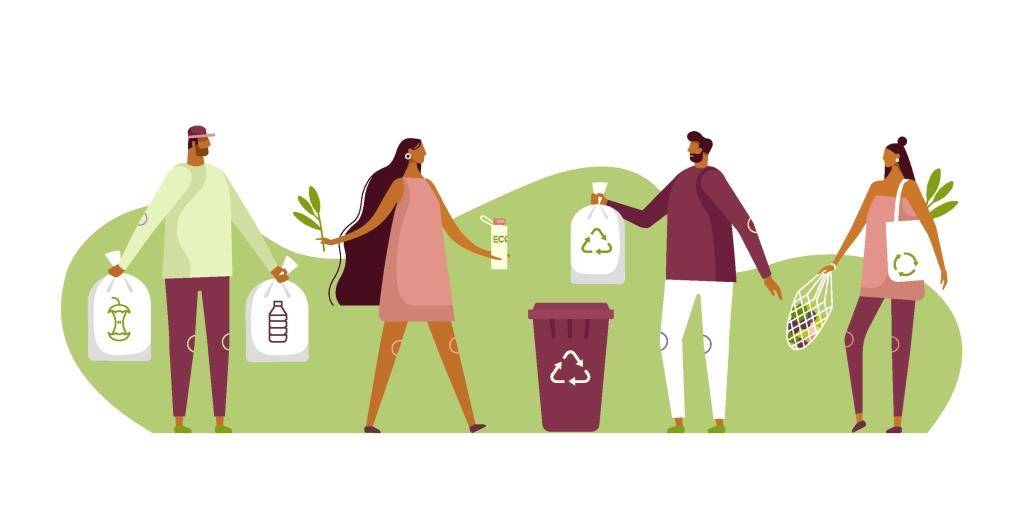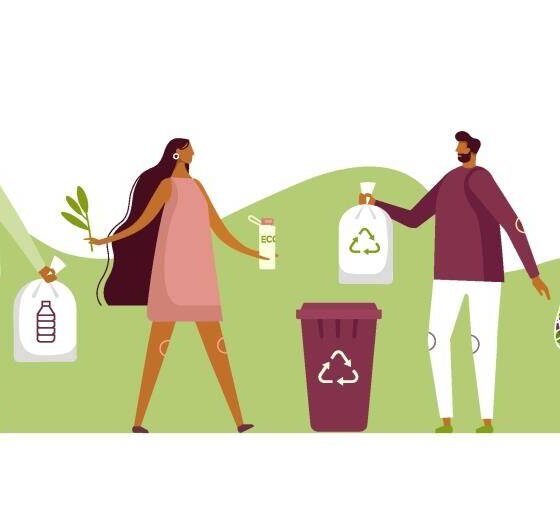

Editors Choice
13 Daily Habits That Are Bad For The Environment
We hear news about global warming and pollution every day, but few people are really doing something about it. But in order for the situation to change, we should start with ourselves. They say it only takes 3 weeks for a person to form a habit… The problem with many everyday habits is that they seem harmless, but in fact, they slowly destroy the environment. So, what is it preferable to give up?
Almost all of our habits impact the environment in one way or another. All we need to do to minimize the damage is to make a small change in our daily lives.
Here are 13 daily habits that slowly kill the environment:
1. Driving a car
A car is the main means of transport for urban residents. When gasoline is burned, hazardous substances are released into the atmosphere, and this impact on the environment should not be underestimated. We should use public transport more often to reduce our carbon footprint. And do not forget about the various electric means of transport.
2. Incorrect disposal of batteries and ink
Household batteries contain mercury and other toxic chemicals. When they are disposed of incorrectly, they cause damage to the environment.
Ink cartridges have no less toxic effects on the environment. Approximately 10 million ink cartridges end up in landfills every year. They poison the soil with chemicals which then enter and accumulate with water inside animals. Passing through the food chain, these substances can also cause harm to humans.
3. Plastic overuse
Almost all the goods in stores are packed in plastic containers. In addition, most of the packages, offered at the checkout, are also made of plastic. According to a research, food packaging makes up almost 70% of all household waste that ends up in landfills.
Plastic is a major environmental pollutant because it decomposes for a very long time. More and more plastic is dumped in landfills, and their area is only increasing.
4. Food waste
Many people think it’s absolutely normal to leave some food on a plate. However, throwing away excess food is not a good idea, as it takes a lot of energy and emissions to grow, transport, and process food.
In addition, if the waste is not disposed of properly, it can lead to an increase in the organic matter in the waterway, which can stimulate algae growth.
5. Paper use
Hundreds of different types of paper are produced and used daily: newspapers, kitchen towel paper, toilet paper, checks, documents, receipts – the list goes on and on. It is important to remember that the only resource for paper is trees. Because of the need for hygiene and wasteful lifestyles, demand for paper is constantly increasing, so trees are being cut down to meet market needs, leading to changes in the world’s ecosystem.
6. Boiling water with electrical appliances
Using electric heating for hot showers or making morning coffee is extremely inefficient. The amount of energy expended on boiling water with electricity makes this method one of the most expensive. Since most of the electricity is generated by coal and diesel engines, there are negative consequences for the environment.
7. Washing
Many people use detergents containing plastic peeling scrub cleansing micro-balls. Scientists call them a serious environmental problem. Plastic micro-balls are so small that they are not filtered out during wastewater treatment and get into water bodies. There, plastic is swallowed by fish and other creatures, causing damage to their health, poisoning organs and damaging gills. This is how microplastic kills sea creatures.
8. Meat consumption
Methane is one of the main gases that causes the greenhouse effect which results in the lower atmosphere temperature increase.
The largest methane gas producer is a farmer’s cattle (it is estimated that one cow produces between 250 and 500 liters of methane per day). Other components of animal husbandry (use of chemicals, deforestation, transportation, waste disposal, etc.) are also sources of greenhouse gases.
Humanity consumes large quantities of meat, and farmers have to keep more and more animals which leads to an increase of greenhouse gases. This vicious circle creates many problems for the environment.
One solution to the problem is to use more alternative sources of protein, such as beans.
9. Flushing the toilet
Every time you flush your toilet, around a bucket of water goes down to sewers. A clean before water is sent to the sewerage system and can no longer serve any other purpose until it is processed in the wastewater treatment plant. This use of water is very inefficient.
The best alternative is to install composted toilets. In this case, the waste will be recycled to produce fertilizers. Another less radical option is to reduce the number of flushes or to install a water-saving toilet. Or keep it all inside… just kidding.
10. Brushing teeth
Some people leave their faucets open when they brush their teeth. In the long term, this results in high water losses.
One solution is to open the tap only when you need to rinse your mouth or the brush. Another way is methods that do not require water. For centuries, people have used grass to maintain tooth hygiene and protect them from bacteria. A vivid example of this is the Masai tribe in Tanzania and Kenya. They use the Salvadoran shrub stem as a brush for their teeth.
11. Using devices for a long time.
The non-stop use of the devices results in the need for constant recharging. This increases the load on the mains.
12. Consumer spendings
The ideology of consumption is based on the need to acquire both necessary and secondary things. This habit increases demand which leads to the production of even more goods. The process uses a lot of energy which affects the environment: burning fossil fuels, increasing greenhouse gases, etc. To avoid unnecessary costs, we must reduce the number of goods. This will reduce the demand, supply, and production of these goods. And eventually, it will help the environment.
13. Lack of recycling
In this list, the last of the habits that are harmful to the environment is the lack of recycling. It leads to the fact that a huge amount of secondary raw materials, such as plastic and glass, are sent to the landfills. Recycling saves energy and resources by reusing raw materials. You can find waste collection points in your city using the map. Don’t be indifferent!
Conclusion
Being aware of habits like these takes you one step closer to reducing your carbon footprint and helping to take better care of the environment.


 Environment10 months ago
Environment10 months agoAre Polymer Banknotes: an Eco-Friendly Trend or a Groundswell?

 Environment11 months ago
Environment11 months agoEco-Friendly Home Improvements: Top 7 Upgrades for 2025

 Features9 months ago
Features9 months agoEco-Friendly Cryptocurrencies: Sustainable Investment Choices

 Features10 months ago
Features10 months agoEco-Friendly Crypto Traders Must Find the Right Exchange

















